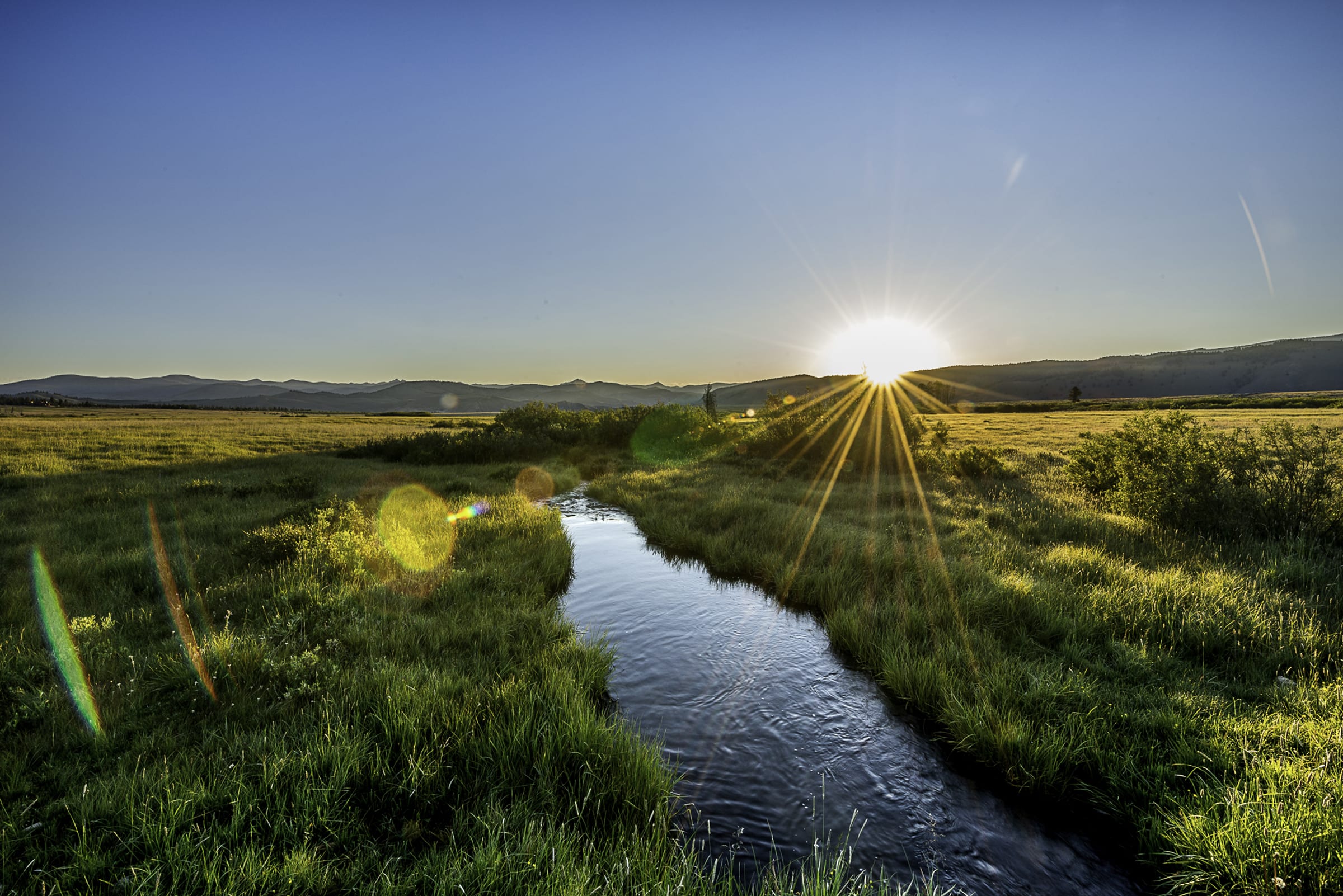
Our Mission
Western Rivers Conservancy buys land along the West’s finest rivers and streams to conserve habitat, protect key sources of cold water and provide public access for all to enjoy. We work in the 11 western states to ensure a future of healthy rivers, where fish and wildlife can thrive and people can enjoy the benefits and beauty of clean, functioning streams. We are the West’s only organization dedicated exclusively to saving rivers through land acquisition—an approach that is effective, tangible and permanent.
A Strategic Approach
WRC has been working to save the great rivers of the West for over 30 years. When it comes to buying and protecting land along rivers, our expertise and ability to get the job done is unrivaled. Our approach is straightforward: We buy strategic properties that allow for the greatest impact, and then transfer those lands to permanent conservation stewards. Three decades of doing what we do means we have developed a keen ability to identify those critical river reaches where conservation will have the broadest and longest-lasting benefit for a river.
We work only with willing sellers. They include private landowners who wish to see a family ranch protected for fish and wildlife and the enjoyment of future generations; timber companies that may be disposing of biologically or culturally sensitive properties; utilities seeking to decrease historic landholdings; and counties that may lack funds to continue managing riverland properties. Our goal is always to improve the health of the river and connect people to it where we can, while providing landowners their best potential outcome.
The size of our projects varies wildly. WRC will buy and conserve a small, 42-acre homestead on the Yampa River or a landscape-scale, 73-square-mile temperate rainforest on the Klamath. Our projects range from one-off purchases that tip the scale for whole rivers (like our effort on Catherine Creek) to long-term efforts like the John Day or Rio Grande, where we tackle multiple projects over time to transform an entire river corridor. What matters is that the impact is real for fish and wildlife, that it’s meaningful for people and that it’s permanent.
Our Conservation Partners
After we buy a property, we find the ideal long-term steward, one that shares WRC vision for the land and has the ability to own and manage it forever. In most cases that will be a federal agency like the Bureau of Land Management, U.S. Forest Service or U.S. Fish and Wildlife Service. Sometimes it’s a state agency like Oregon Parks and Recreation Department, Washington Department of Natural Resources or Colorado Parks and Wildlife. It may be a Native American tribe, such as the Yurok Tribe, The Confederated Tribes of Grand Ronde or the Confederated Tribes of the Umatilla Indian Reservation. And it may be a local land trust that is committed to protecting regional open space along a cherished stream.
Whatever the case, if there is a stream that needs protection, we will find the right partner and a sure path to conservation.
Pioneers in Conservation Finance
The cost of buying and protecting land on the West’s best rivers is high. WRC’s creative ability to secure funding from disparate sources is what sets us apart. Many of the properties we set out to conserve require millions of dollars to purchase—funds we have to raise through both public and private sources. Over the course of 30 years, WRC has become a pioneer in conservation finance, which has allowed us to acquire some incredibly important properties and have an impact far above our size.
Take our landmark effort to create the Blue Creek Salmon Sanctuary on California’s Klamath River. To buy and conserve 73 square miles of temperate rainforest in the heart of salmon country, we had to raise $60 million through multiple—and mostly private—funding sources.
We raised part of the acquisition capital by selling carbon offset credits on California’s cap-and-trade market, a complex program that allows us to generate project revenue by valuing standing trees. We also tapped New Markets Tax Credits, an incredibly complicated program rarely used for land conservation. And we brought tens of millions in foundation grants and individual gifts to the table to protect this remarkable place.
The Land and Water Conservation Fund has been a core source of funding for WRC for three decades. In fact, WRC was pivotal in establishing the Recreation Access Line Item (a funding bucket for LWCF) that has not only allowed WRC to protect multiple properties, but is also allowing organizations across the country secure more public lands for Americans to enjoy.
WRC’s success also depends on the generosity of private foundations, corporate partners and individuals, whose support at all levels allows us to do what we do. Each of our partners, from federal agencies to our twenty-dollar donors, can trust in our work, knowing we have a 30-year track record of delivering tangible, permanent results: riverlands protected, acre by acre, mile by mile, forever.
